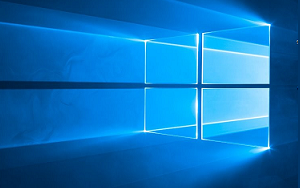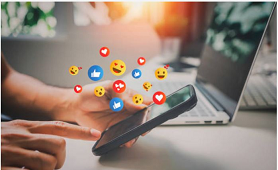Discover effective solutions for fixing the 'iPhone not charging' issue with detailed troubleshooting steps. Learn how to identify and resolve common charging problems with your iPhone, ensuring optimal performance and battery health.
Understanding the 'iPhone Not Charging' Issue
The 'iPhone not charging' issue is a common problem faced by many users. It can be frustrating when your device refuses to charge, especially when you rely on it for daily tasks. This article will guide you through various troubleshooting steps to identify and rectify the issue.
1. Check the Charging Cable
The first step in diagnosing the problem is to ensure that your charging cable is functioning correctly. Follow these steps:
- Inspect the cable for visible damage such as fraying, kinks, or exposed wires.
- Try using a different cable to see if the issue persists.
- Use only Apple-certified cables to avoid compatibility problems.
2. Examine the Power Adapter
After checking the cable, turn your attention to the power adapter:
- Ensure the adapter is plugged into a working power outlet.
- Inspect the adapter for any signs of damage or wear.
- Test the adapter with another Apple device to verify its functionality.
3. Clean the Charging Port
Dirt, lint, or debris in the charging port can block the connection between your iPhone and the cable:
- Use a flashlight to inspect the charging port for any obstructions.
- If debris is present, use a small, soft brush or a toothpick to gently clean the port.
- Refrain from using sharp objects that can damage the port.
4. Restart Your iPhone
Sometimes a simple restart can resolve software glitches causing charging problems:
- Press and hold the power button until the 'slide to power off' slider appears.
- Drag the slider to turn off your iPhone.
- Wait a few seconds, then press the power button again until the Apple logo appears.
5. Update iOS
Outdated software can lead to various issues, including charging problems. Ensure your device is running the latest version of iOS:
- Go to Settings > General > Software Update.
- If an update is available, tap Download and Install.
- Follow the on-screen instructions to complete the update.
6. Check for Hardware Damage
If your iPhone has been dropped recently, hardware damage might be causing the charging problem:
- Look for any visible signs of damage on the device.
- If possible, take your iPhone to an Apple Store or authorized service provider for a professional inspection.
7. Use Wireless Charging (If Supported)
If your iPhone model supports wireless charging, try this alternative method:
- Ensure your wireless charger is compatible with your iPhone model.
- Place your iPhone on the charger and make sure it is properly aligned.
- Check if your device starts charging wirelessly.
8. Reset All Settings
Resetting all settings can help resolve software-related charging issues:
- Navigate to Settings > General > Transfer or Reset iPhone > Reset.
- Select Reset All Settings and confirm your choice.
- Note that this will reset all settings but will not delete your data.
9. Restore Your iPhone
If none of the above solutions work, consider restoring your iPhone:
- Connect your iPhone to a computer and open iTunes (or Finder on macOS Catalina and later).
- Select your device and click on Restore iPhone.
- Follow the on-screen instructions to complete the restoration process.
10. Contact Apple Support
If your iPhone still does not charge after trying all of the above solutions, it may be necessary to contact Apple Support for further assistance. They can provide you with more detailed guidance and arrange for any necessary repairs.
Conclusion
Dealing with an iPhone that won't charge can be inconvenient, but by following the steps outlined above, you can troubleshoot and potentially resolve the issue. Remember to regularly check your charging accessories and keep your device updated to prevent future problems. If all else fails, professional help is always available through Apple Support.







